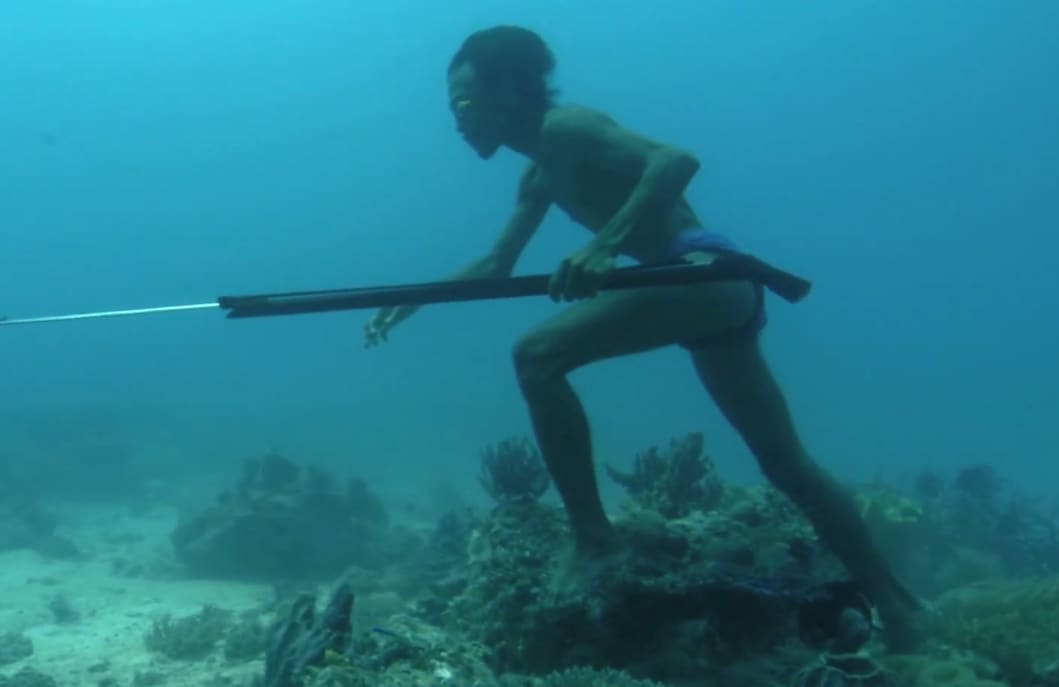5 Ancient Fishing Methods in Action
Daniel Xu 02.17.15

Humans may not be the fastest swimmers or deepest divers in the animal kingdom, but we are arguably the most accomplished species when it comes to fishing. Whether we’re using nets, lines, or spears, humans have been fishing continuously for thousands of years, and our methods have only gotten better over time. Though the hottest new baits and rods capture the attention of most American fishing enthusiasts, the traditional methods still have their appeal. Here are five ancient fishing methods in action.
1. Cormorant fishing
The art of cormorant fishing is native to China and Japan, although it is quickly disappearing in those countries. Similar in ways to falconry, this technique has been recorded as early as 960 AD and involves employing trained cormorants to capture fish. The birds are bound with a snare around their throat to prevent them from consuming any fish caught, and the cormorant is trained to return once it has captured its prey. While this method of fishing was once commercially successful, in many places it now only serves as an entertaining display for tourists.
2. Bajau sea bed fishing
Sailing on their small wooden boats, the Bajau people roam the waters off Southeast Asia. Commonly known as “sea nomads,” the Bajau spend the majority of their lives at sea and reside in their boats or stilt houses built over coral reefs. Their familiarity with the ocean makes the Bajau some of the best divers and fishermen in the world, and they have a legendary reputation for deep sea spearfishing.
The free-divers of the Bajau on average spend more than five hours underwater everyday, employing traditional fishing techniques to feed their families. The majority of them use no breathing apparatus. Bajau divers can reach depths of over 20 meters on a single breath and hunt for fish with spears and spearguns.
3. Flounder trampling
For years, hundreds of fishermen have traveled to the tiny town of Palnackie, Scotland to engage in a centuries-old fishing practice called “flounder trampling.” This technique consists of a large number of people trapping fish in watery mud with their feet, and was once widely used across southern Scotland. Due to complaints from animal rights organizations, the event’s popularity has waned. The World Flounder Tramping Championships returned to Palnackie in 2014, but the event only remains as a small reminder of the practice as a whole.
4. Otter fishing
Otters are natural fishers, and experts have documented the human use of these critters for fishing since the sixth century AD. These creatures are notoriously hard to tame and are known for routinely stealing fish or refusing to “work.” Using otters to trap fish, crabs, and shrimp is still common in parts of Bangladesh, although a lack of fish is now driving many fishermen to other vocations.
http://youtu.be/Ha6dYkJFVZg
5. Trout tickling
Though it was featured in literary works like Shakespeare’s comedies and was in widespread use as late as the 20th century, “trout tickling” has become something of a legend now. And in the opinion of some fishermen, that’s a good thing. That is because trout tickling has become associated with poachers, due to the ease with which experienced ticklers can send fish into a trance-like state. Trout tickling works by rubbing the underbelly of a trout with the tips of your fingers while moving toward its head, at which point the trout can then be easily brought out of the water.
In many places trout tickling is illegal or generally looked down upon, so it’s not much of a surprise that this is one method that is dying out.

